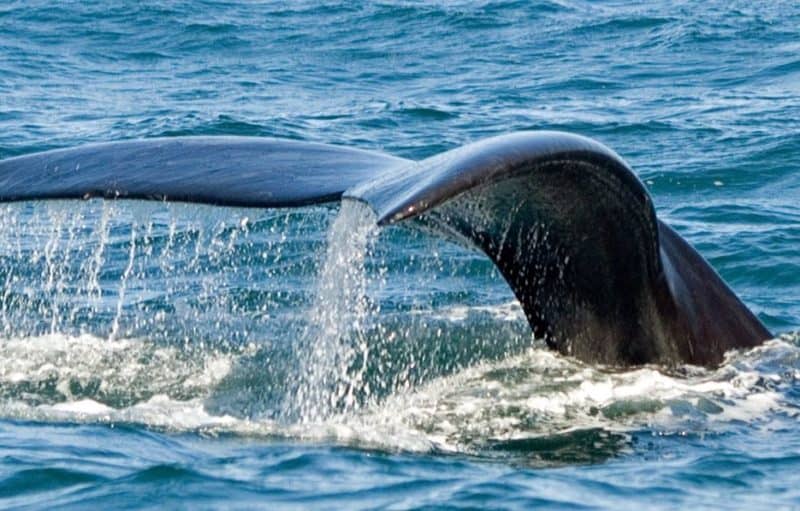PARK WATCH December 2020 |
A report on ten years of volunteer monitoring in the Brisbane Ranges by Caitlin Griffith and Christine Connelly.
As well as being a wildflower hotspot, the Brisbane Ranges is home to the iconic Austral Grass Tree.
While these spectacular plants are part of what makes this place special, the species (and many others) live with the threat of a devastating pathogen, Phytophthora cinnamomi. This pathogen causes dieback and eventual death by inhibiting water and nutrient uptake.
In 2007, the Victorian National Parks Association joined with the Friends of Brisbane Ranges, Parks Victoria and Deakin University to design a monitoring project that investigated the long-term effects of Phytophthora cinnamomi on the Austral Grass Trees (Xanthorrhoea australis) of the Brisbane Ranges National Park.
In the Brisbane Ranges National Park, dieback caused by the soil-borne plant pathogen Phytophthora cinnamomi is a serious problem.
The project saw 240 volunteers monitor grass trees on 252 quadrat assessments over a ten year period. It continued the important work carried out by Dr Gretna Weste, who pioneered the study of the disease in Victoria and spent close to 40 years conducting highly valuable research. Volunteers used the same methods originally established by Dr Weste in 1968.
Seven locations across the park were monitored regularly over the ten years. These locations are a mix of sites that were monitored previously by Dr Weste, and new sites in both Phytophthora cinnamomi infected and uninfected areas, and with varied fire histories. These included four sites that were burnt in the 2006 wildfire. Most of the sites include eight quadrats (8m x 8m monitoring plots), comprising four quadrats that displayed obvious signs of infection and four without signs of infection (i.e. that appear ‘healthy’), for comparison.
Key findings from the project included:
1. Phytophthora cinnamomi was not observed spreading rapidly to unaffected sites where we carried out monitoring.
2. Grass tree density was higher among healthy versus unhealthy sites.
3. Symptoms of Phytophthora cinnamomi infection, such as chlorosis and plant death, appear to combine with other environmental stressors, such as drought and fire.
The project evolved over the decade, but throughout it we were inspired by so many volunteers contributing so many hours to apply the monitoring techniques and hygiene practices. Thanks to this mammoth citizen science effort we have increased our long-term knowledge of the impact of Phytophthora cinnamomi on grass trees.
We hope that Dr Weste would have been impressed by the community passion for grass trees.
The report on this ten-year study is now available here.
Thanks to the contribution of Friends of Brisbane Ranges, Parks Victoria, Deakin University and Victoria University (students) and the many contributing volunteers to this project over many years.
More
Please help keep grass trees safe – stick to marked tracks and remember to thoroughly clean and sterilise your walking boots with a mixture of 70 per cent methylated spirits and 30 per cent water.
Find out more about our citizen science program NatureWatch
Did you like reading this article? Want to be kept up to date about this and other nature issues in Victoria? Subscribe to our email updates.
You can also receive our print magazine Park Watch four times a year by becoming a member. Find out more here.
